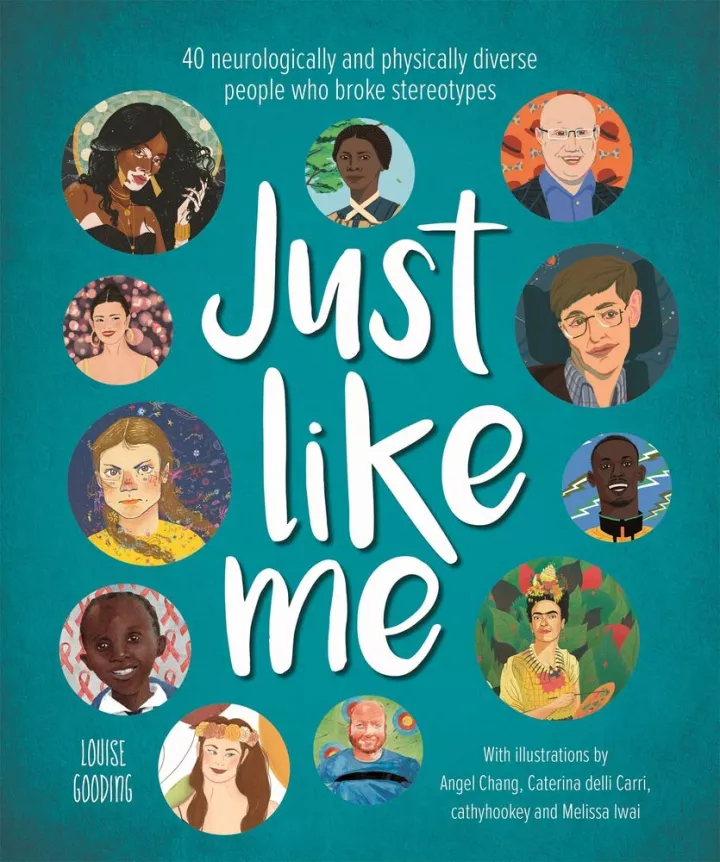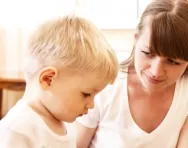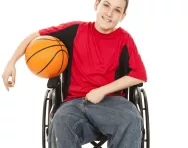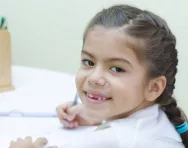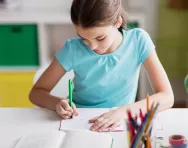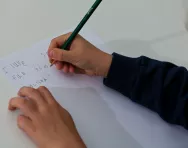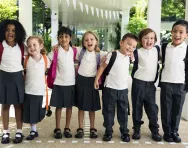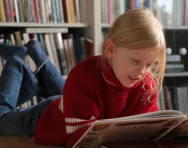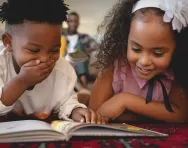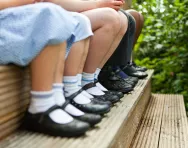Important update from TheSchoolRun
For the past 13 years, TheSchoolRun has been run by a small team of mums working from home, dedicated to providing quality educational resources to primary school parents. Unfortunately, rising supplier costs and falling revenue have made it impossible for us to continue operating, and we’ve had to make the difficult decision to close. The good news: We’ve arranged for another educational provider to take over many of our resources. These will be hosted on a new portal, where the content will be updated and expanded to support your child’s learning.
What this means for subscribers:
- Your subscription is still active, and for now, you can keep using the website as normal — just log in with your usual details to access all our articles and resources*.
- In a few months, all resources will move to the new portal. You’ll continue to have access there until your subscription ends. We’ll send you full details nearer the time.
- As a thank you for your support, we’ll also be sending you 16 primary school eBooks (worth £108.84) to download and keep.
A few changes to be aware of:
- The Learning Journey weekly email has ended, but your child’s plan will still be updated on your dashboard each Monday. Just log in to see the recommended worksheets.
- The 11+ weekly emails have now ended. We sent you all the remaining emails in the series at the end of March — please check your inbox (and spam folder) if you haven’t seen them. You can also follow the full programme here: 11+ Learning Journey.
If you have any questions, please contact us at [email protected]. Thank you for being part of our journey it’s been a privilege to support your family’s learning.
*If you need to reset your password, it will still work as usual. Please check your spam folder if the reset email doesn’t appear in your inbox.
Why children’s books need more disabled representation
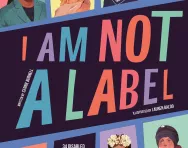
Cerrie Burnell was born with a right arm that ends just below the elbow. Best known for her eight-year stint presenting CBeebies, she’s also the author of many children’s books featuring a diverse cast of characters, including those with disabilities.
She spoke to TheSchoolRun.com about growing up with a disability, and chooses her favourite children’s books with disabled characters.
‘I stopped wearing a prosthetic arm when I was nine’
‘I don’t remember a specific point where I realised I had a disability. Yes, other kids would ask me questions about my arm in the playground or sandpit, but children really don’t make a big deal of disability or difference; they just accept it and move on.
‘My primary school years were really happy, and my physical disability was never an issue. I didn’t even consider myself disabled, or that it was an obstacle I had to overcome. In fact, my dyslexia was far more disabling: I had an enormous imagination, but I couldn’t read or write until I was 10.
‘Initially, I wore a prosthetic arm to school, but I hated it and would take it off as soon as I got home. When I was nine, I stopped wearing it altogether. I did PE just like everyone else, and my disability simply wasn’t discussed. As a teenager, I was picked on more for my braces than my arm.
‘Growing up, I loved books. There were no characters with disabilities in the books I read; the only one was Captain Hook – not much of a role model for a young girl! But I didn’t really notice the lack of representation. I had no problem imagining myself as Alice in Wonderland or Little Red Riding Hood. It’s only since being a parent that I’ve noticed how few children’s books have disabled protagonists.
‘There was a campaign to get me off CBeebies’
‘I was delighted to get the presenting role on CBeebies in 2009, but as far as I was concerned, I was just a woman doing a job I loved. The other presenters and team felt like my family, and my disability was never mentioned.
‘However, it threw me into the limelight as a TV personality with a visible disability. Parents’ reactions were generally positive, and many saw me as a role model for their disabled children, but there was also a lot of negativity, including a huge campaign to get me off the channel.
‘Some parents thought my arm would scare their children, and perhaps it did at first, but that’s because kids are naturally wary of new things, in the same way that they might be scared of a big dog or a spider. As they learn about the world and have open conversations about differences and diversity, they realise there’s nothing to worry about.

‘Although it was hard to be on the receiving end of so much negativity because of my disability, I knew it wasn’t personal; it was just a sign of the times. And although some parents were judgemental, there was also a lot of positivity. Children were just accepting, to the point that one day I was out walking with the pram, and a load of kids came running over. I thought they recognised me from CBeebies, but actually, they just wanted to talk to my baby daughter!
‘All of my books encompass diversity in some way’
‘When I started writing children’s books, my daughter was my inspiration. She’s dual heritage, and I discovered that children like her just weren’t represented in books for kids. I then started to write about disabled protagonists, too. Not all of my books have disabled characters, but they all encompass diversity in some way, whether that’s race, religion, sexuality or different types of families.
‘Although I didn’t feel unrepresented in books when I was younger, in hindsight, I would have liked to see disabled characters. But when I write about disabled protagonists, it’s not just for disabled children; it’s also so able-bodied children are exposed to more diversity.
‘My book, I Am Not a Label (£14.99, Wide Eyed Editions), is a children’s anthology of 34 different disabled artists, thinkers, athletes and activists – there were supposed to be 30, but the publisher and I couldn’t narrow it down!
‘As a fiction writer, I wanted to bring a sense of fairy tale to the book even though it’s about real people. I discovered so many stories, from Stephen Hawking to Lady Gaga, and they all deserve to be heard. It celebrates diversity in a global sense, and my dream is for it to be on the shelves in every school library: it’s a real textbook for inclusion.’
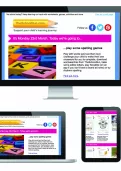
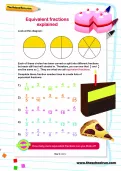
Start a unique learning programme!
- Weekly programme for each school year
- Worksheets sent direct to your inbox
- Keeps your child's learning on track
Cerrie’s top children’s books for disabled representation
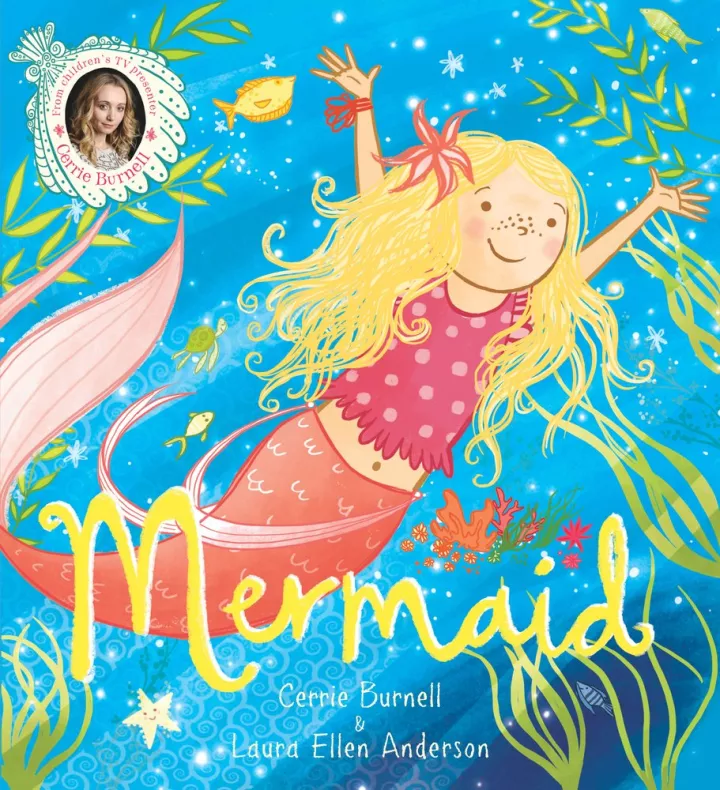
Mermaid by Cerrie Burnell and Laura Ellen Anderson
(£6.99, Scholastic)
Best for ages 3-6
A charming picture book telling the story of Sylvia, a wheelchair-using mermaid who teaches captivated young boy Luka how to swim.
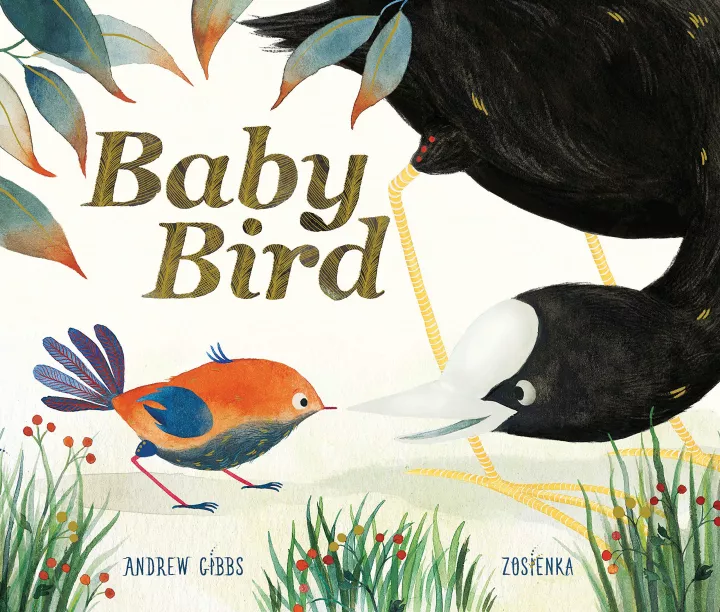
Baby Bird by Andrew Gibbs and Zosienka
(£6.99, Frances Lincoln)
Best for ages 2-5
Birds are meant to fly the nest, but Baby has a twisted wing, and every time he tries to fly he falls to the ground. This lovely picture tells the story of how Baby finds different ways to achieve his dreams.

Little People, Big Dreams: Frida Kahlo by Maria Isabel Sanchez Vigara
(£9.99, Frances Lincoln)
Best for ages 4-7
The story of the celebrated artist, who was seriously injured in a road accident as a teenager and painted from her bed, unable to walk. The book features quirky illustrations, historical photos and fun facts.

Little People, Big Dreams: Stephen Hawking by Maria Isabel Sanchez Vigara
(£9.99, Frances Lincoln)
Best for ages 4-7
A child-friendly biography of one of the world’s best-known thinkers, who brought science to everyone with his trademark voice and sense of humour despite living with the progressive Motor Neurone Disease.
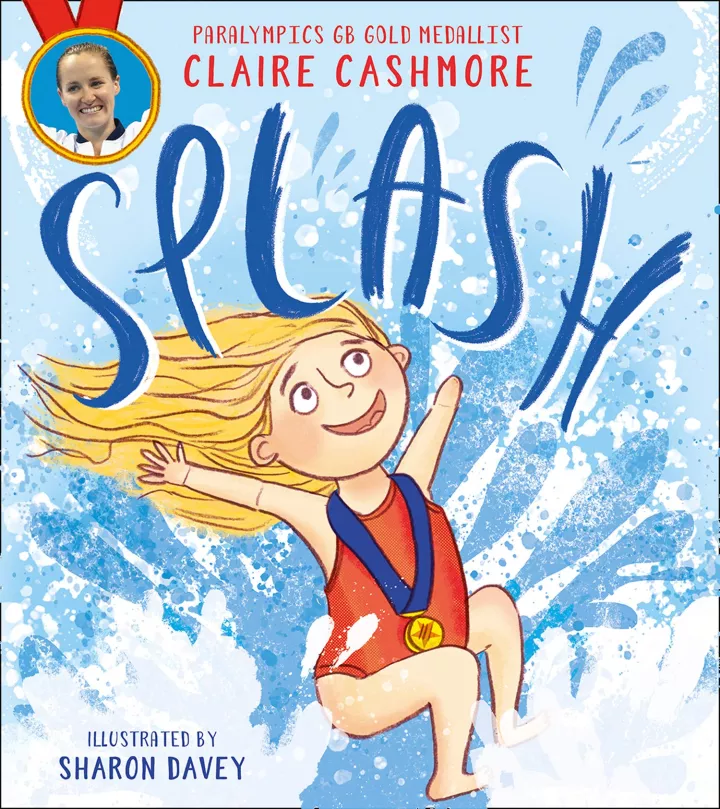
Splash by Claire Cashmore
(£6.99, Farshore)
Best for ages 4-7
Splash's heroine is differently abled and brilliantly bold, in a story packed with fun and positivity from Paralympic gold medallist Claire Cashmore MBE, who never let being different stand in the way of her big dreams.

Amazing by Steve Antony
(£7.99, Hodder Children's Books)
Best for ages 2-5
Zibbo the dragon isn't like the other children, but being different doesn't make him any less amazing – just like the fact that his owner is a wheelchair user doesn't make him any less likely to have fun and make mischief! A wonderfully diverse book with lovely illustrations.
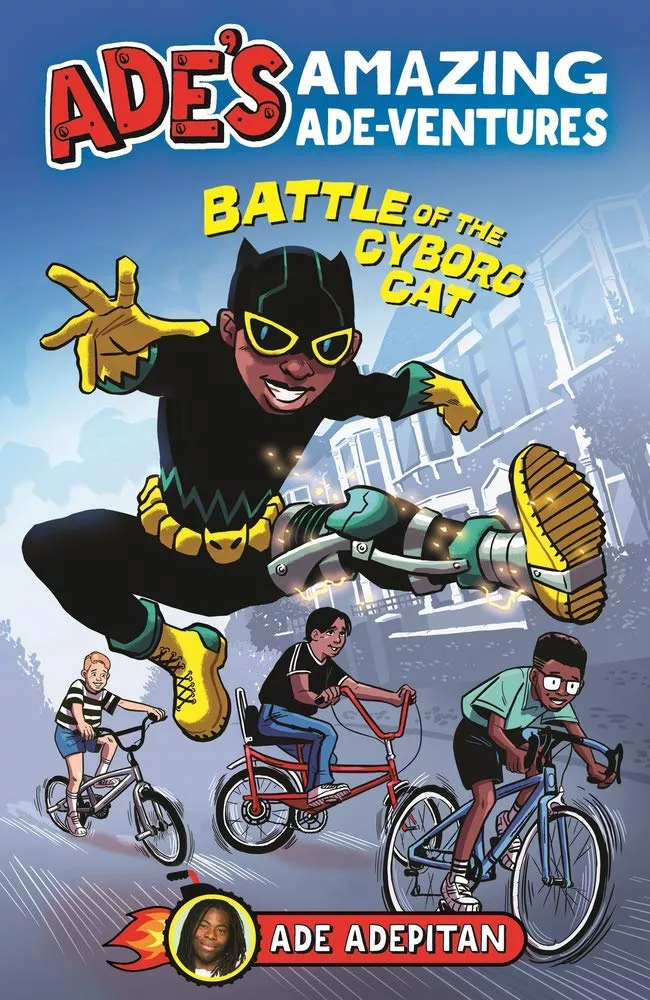
Ade’s Amazing Ade-ventures: Battle of the Cyborg Cat by Ade Adepitan
(£5.99, Piccadilly Press)
Best for ages 9-11
Written by the much loved TV presenter and Paralympian, this novel features a young boy from Nigeria who wears callipers and struggles to fit in at school, until his heroic acts and football skills defeat the bullies and win him new friends.

How to Train your Dragon by Cressida Cowell
(£6.99, Hodder)
Best for ages 9-11
Hiccup the Viking and his sidekick Toothless are both amputees. The bestselling novel and film adaptation subtly show how they live with disabilities, but aren’t defined by them.

A Kind of Spark by Elle McNicoll
(£6.99, Knights of Media)
Best for ages 9-11
The story of 11-year-old Addie, who campaigns for a memorial to the witch trials in her Scottish hometown but struggles to have her voice heard due to her autism.
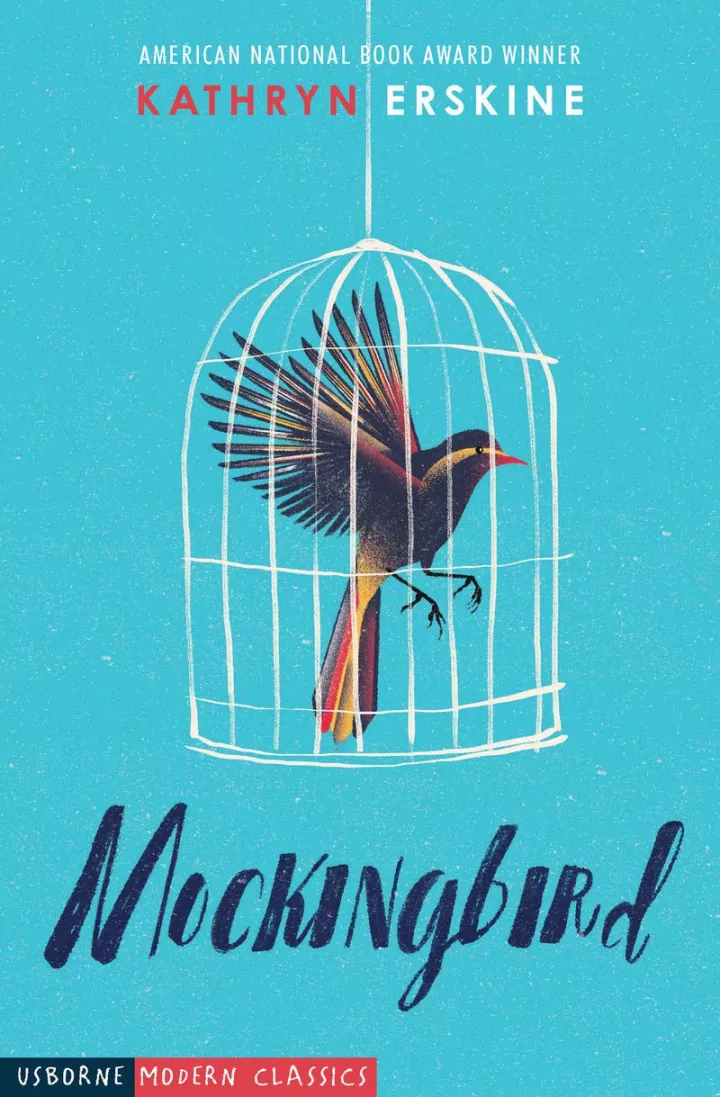
Mockingbird by Kathryn Erskine
(£3.56, Usborne Publishing)
Best for ages 9-11
Caitlin, who has Asperger’s, is struggling to cope with the loss of her brother. As she seeks closure, a world of colour begins to enter her black-and-white life.

Song for a Whale by Lynn Kelly
(£6.10, Piccadilly Press)
Best for ages 9-11
Song for a Whale follows Iris, who was born deaf, as she comes up with a foolproof plan to help a lonely whale who’s unable to communicate with other whales.
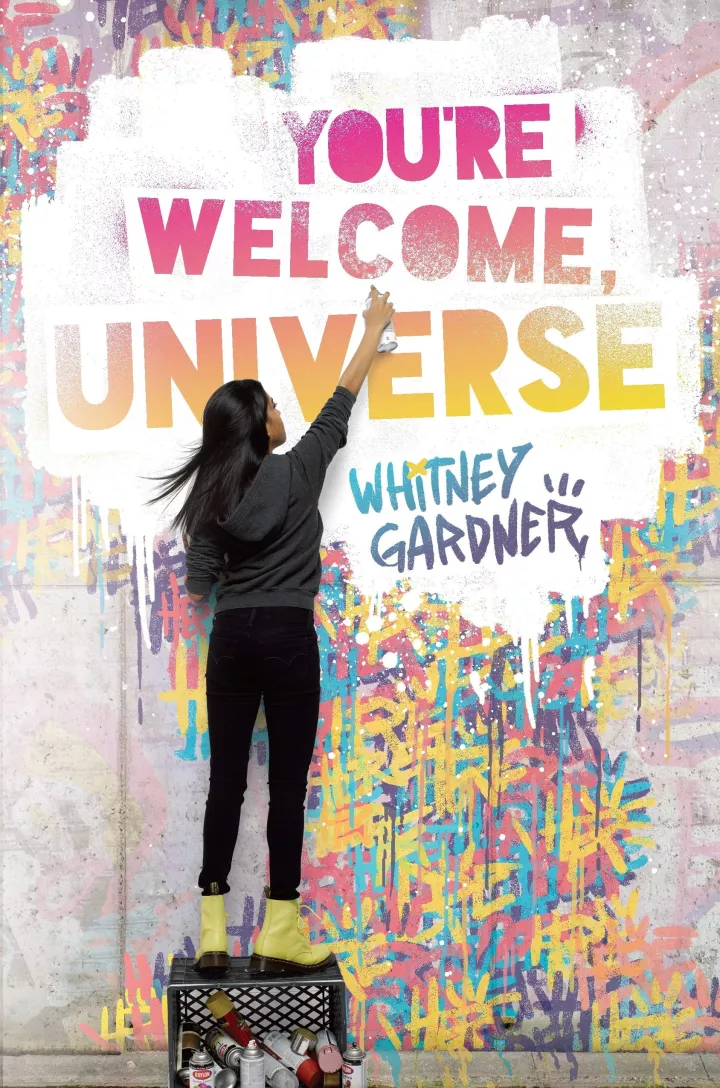
You’re Welcome, Universe by Whitney Gardner
(£7.99, Knopf Books for Young Readers)
Best for ages 11+
Julia is treated as an outcast in her mainstream school because she’s deaf. The only thing she has left is her graffiti, but as she paints anywhere and everywhere she can, she finds herself in a turf war with another graffiti artist.
For more stories of physically or neurologically diverse people from around the world, Just Like Me by Louise Gooding (£12.99, Studio Press) is an anthology featuring inspirational figures including Simone Biles, Sudha Chandran, Stephen Hawking, Daniel Radcliffe, Usain Bolt, Warwick Davies, Selena Gomez, Temple Grandin, Frida Kahlo, Madeline Stuart, Sadako Sasaki and Greta Thunberg. Each profile includes their struggles and triumphs, a motivational quote and information on each condition, all illustrated in full colour by a team of artists who identify as physically or neurologically diverse themselves.
